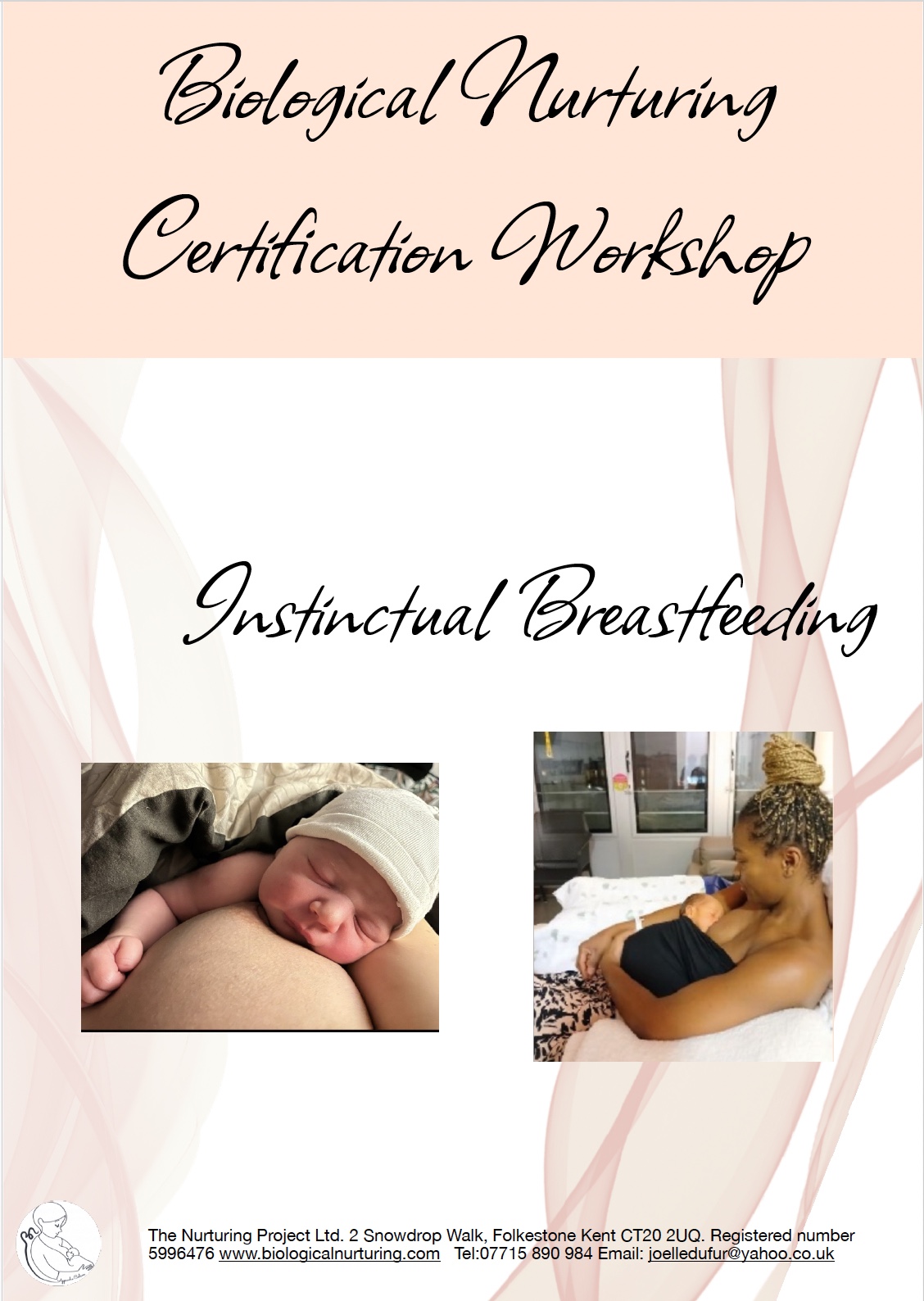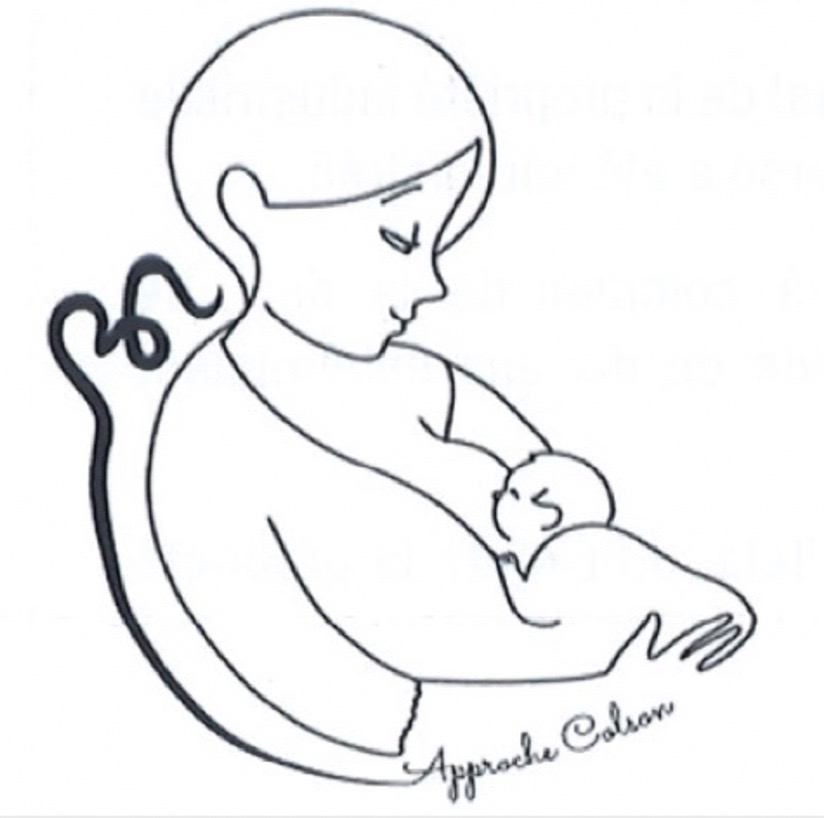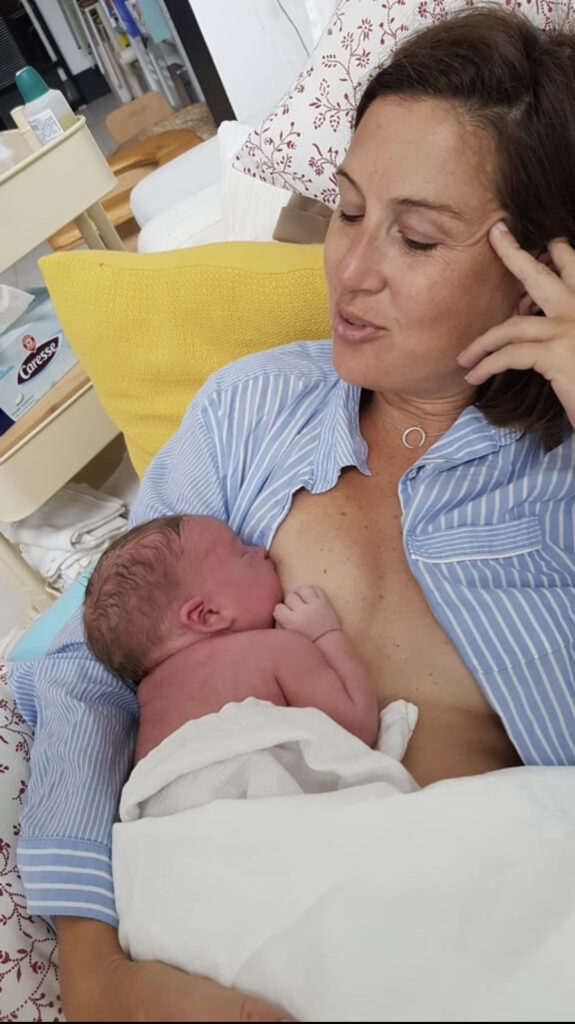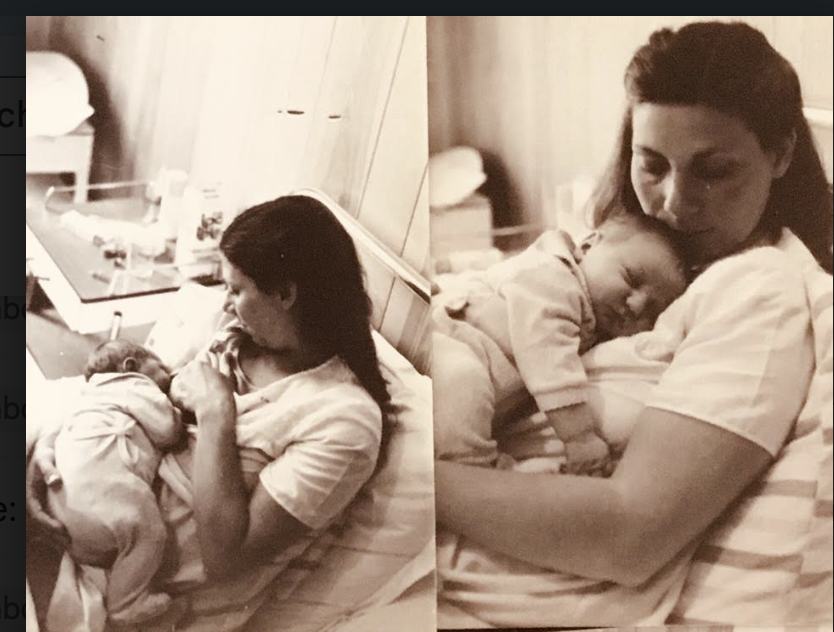Welcome to the Biological Nurturing Website !








BN Assumptions : A set of beliefs
- Mothers and babies are versatile feeders.
- There is not one correct latch and there is not one way to breastfeed.
- In BN, the force of gravity always helps. Mothers don't have to apply pressure to the baby's head, back or shoulders to keep him at the breast. Mothers often have their hands free.
- A newborn baby, what we call a 'wombling' feeds optimally in sleep states.
- When mothers hold their sleeping baby during the day in BN positions, they often self attach; mothers often help.
- The baby's breastfeeding position often mimics his position in the womb. it is often up and down the mother's body... not across.
- Babies' movements, in sleep and awake states indicate that they can feed. In the early days, breastfeeding is not intentional; it is not about interest.
- Newborns initially need to feed often just as they did in the womb.
- Frequent early colostrum breastfeeds helps the baby to coordinate sucking and swallowing with breathing. Nature has a plan and the breastmilk does not come 'gushing-out' in the first days.
- Frequent and early breastfeeds help condition all baby's movements to the breast and makes breastfeeding easier.
- Frequent colostrum breastfeeds fulfils all your healthy, term newborn's nutritional needs during the first 2-3 postnatal days. Frequent colostrum breastfeeds also reduce the likelihood of engorgement.
- Mothers who breastfeed early and often in the first 3 days after birth get to know their babies sooner. This increases maternal confidence.
- Mothers are Mama-mazing... ensuring the wellbeing of their babies through their protective gaze.
- Crying and hunger cues are late feeding indicators often making latching difficult.
- There is no right or wrong breastfeeding position. The right position is the one that is pain-free with adequate milk transfer.
Instinctual Breastfeeding : Wombing-in
This poster was produced in collaboration with a French maternity worker in the renowned Parisian hospital Necker. It is available as a free download for free use. Contact joelledufur@yahoo.co.uk for the FREE PDF

Biological Nurturing - Instinctual Breastfeeding

Biological Nurturing Certification Workshop

It is helpful to have practical and professional experience supporting mothers but not essential.
Many people who take the certification workshop are health professionals with a keen interest in developing breastfeeding evidence-based practice and further understand how the BN components interact to neutralise neocortical inhibitions and give way to instinctual behaviours.

Join us for 10 morning sessions each lasting 3,5 hours. Dates to be confirmed
Subjects include:
- An introduction to Biological Nurturing
- Defining continuity from foetus to neonate, a theory that underpins BN
- Differentiating skin to skin practices from BN
- Defining and applying 6 BN mechanisms
- Understanding the origin and the development of CPG (Central pattern generator) movement and differentiating CPG from reflex behaviours (*2 morning sessions)
- Defining neonatal behavioural state and understanding how it can help/hinder breastfeeding (*2 morning sessions)
- Identifying maternal behaviours and physiological traits associated with a hormonal complexion of oxytocin
- The evaluation of milk transfer
NB: If you are able to name the components and explain the mechanisms as well as define our key role in protecting neocortical inhibition, you will not need to attend the introductory session.
Cost £150 per morning
Contact : joelledufur@yahoo.co.uk
A few recent research articles
Colson & Colson (September 2025) Closing the gaps in midwifery to support breastfeeding https://www.aims.org.uk/journal/item/breastfeeding-biological-nurturing
Colson & Colson (September 2025) Breastfeeding ? Babies can do it in their sleep https://www.aims.org.uk/journal/item/babies-breastfeed-asleep
Research by Wang et al (2021) demonstrates that 42% fewer mothers have sore nipples in biological nurturing positions https://pubmed.ncbi.nlm.nih.gov/33761882/
In an Italian study (2020), 50% fewer mothers experienced sore and cracked nipples when integrating more biological nurturing components. https://pmc.ncbi.nlm.nih.gov/articles/PMC7132959/
Colson's publication in Electa (2023) explores the concept of neocortical inhibition. What does it mean and why is it important for breastfeeding mothers? See Biological Nurturing: Unthinking Breastfeeding https://www.elacta-magazine.eu/en-gb/neue-seite1
Access Midwifery Matters publications (2022) : Postnatal Scare or Laissez-faire (12) ; Reading the right way up (48) https://acrobat.adobe.com/id/urn:aaid:sc:EU:51187fc3-2b96-40de-b46f-047b9ad6ea41 and Reclaiming our Breastfeeding Instincts (25) https://mcusercontent.com/15644dcba5387afb81c7ef415/files/54c82b46-c02a-81f4-fd77-40c65b6bf7fc/MM172_interactive.pdf
The maternal's semi-reclined posture has a protective role to play during skin to skin contact. Colson (2014) https://connect.springerpub.com/content/sgrcl/5/2/41
More mothers breastfeed exclusively for longer when they use biological nurturing. Breastfeeding prevalence up to 36 months was the highest recorded for any industrialised country when integrating BN into BFHI practices. Milenco et al (2021) https://internationalbreastfeedingjournal.biomedcentral.com/articles/10.1186/s13006-021-00441-w
Teaching positioning and attachment does not result in better rates of breastfeeding or more maternal satisfaction. Colson (2012) https://www.biologicalnurturing.com/wp-content/uploads/2023/02/Maternal-breastfeeding-positions-Have-we-go-it-right2.pdf and Rosann Edwards (2018) https://journals.sagepub.com/doi/abs/10.1177/0890334417722509

Frequently Asked Questions
How can you explain Biological Nurturing to future parents?
Biological Nurturing is widely known in the mainstream literature as "laid-back breastfeeding". Importantly, mothers neither sit upright nor lie on their sides or flat on their back. Instead, they are always in semi-reclined positions: every part of their body is supported especially their back, shoulders and neck. The degree of recline varies from mother to mother depending on the space between the sternum and the pubis. Smaller mums may need to recline a little more to accommodate the baby while taller mothers may have enough abdominal space for the baby to lie tummy on tummy.
Mothers lie their sleeping babies on top of their bodies so that baby's head is near or on the breast. In other words mothers keep their Sleeping babies at "the right address". Baby was IN the womb, now s.he is ON the womb, tummy on tummy.
What are the main advantages for the mother and the baby?
The research suggests that BN reduces sore nipples by 50% ! Yes, that's right 😊 Gravity does the work and maintains close contact, baby is ON TOP of the breast and all his movements bring him closer to the breast.
Mothers ensure their own comfort, adjusting their position and their baby's position; they don't need to hold baby or apply any pressure along baby's back or neck. All tension vacates the maternal body making way for enjoyment and relaxation... a laid-back approach to breastfeeding 😊. We have always said that mothers need to be relaxed to breastfeed. Physiologically, this is not the right way round, in fact, to get started you don’t have to be relaxed. Women have breastfed through war and famine. However, relaxation is often the result of breastfeeding. It feels so good to give your milk to your baby.
Experimenting with positions means there isn't one position that is universal... mothers don't have to learn fixed instructions or remember how to align nose to nipple or chin to nipple or any other body parts. The breastfeeding learning in BN is a kind of body learning. In BN positions, the baby's tongue is usually forward, pulled downwards by the forces of gravity.
Should I let my baby self-attach In BN ?
There are no hard, fast rules. Many babies self attach and mothers also usually help. In BN, gravity helps keep the baby ON the breast and many mothers have at least one hand, sometimes both hands free. This is one of the great advantages.
In BN positions, mothers instinctually stroke and move their babies towards the breast... without instruction. They touch baby's feet or cheeks, count fingers and check their ears. they whisper softly, sing and do all kinds of innate gestures. All these gestures release baby breastfeeding movements and reflexes... the learning is reciprocal.
Why do we need a new approach to breastfeeding today?
Although many mothers want to breastfeed, few continue to breastfeed exclusively for the first weeks after birth. Many mothers experience sore nipples or feel they don't have enough milk for their babies. We are far from achieving the WHO recommendations. In England, only 1% of mothers are exclusively breastfeeding at 6 months. Still today, in 2025, of the 73% of mothers that start breastfeeding, just over 1/3 of mothers stop exclusive breastfeeding within the first 6-8 weeks. One of the most frequent problems is 'latch refusal' or 'fighting the breast'.
Mothers sometimes say that the baby "says no" at the breast. This is a reflex behaviour which means it is involuntary just like when baby moves his arms and legs. Sometimes these movements backfire, especially in traditional upright positions. Your milk smells and tastes just like the amniotic fluid that your baby has been swallowing for the best part of your pregnancy. If you feel that baby is "saying no", try to use gravity and recline a little more in your sofa or chair to open your body space. Help your baby latch. And don't hesitate to pick up your sleeping baby and put him or her to the breast. Remember: baby sleep is a breastfeeding ally. Initiating breastfeeding with a sleeping baby gives you time to experiment with positions and find your comfort.
The sleeping baby in the womb sucks and swallows amniotic fluid every day from 12 weeks gestation, day and night. This means the little 'wombling' is preparing for breastfeeding. At birth, the new baby is still like a 'wombling'. He can continue to feed all day, in sleep states, if mothers are proactive and keep him/her at the breast when s.he sleeps. Keeping your baby asleep on top of your breast in the first few days after the birth provides all the opportunities for baby to latch on and ingest small quantities of colostrum while you are both discovering how to breastfeed.


